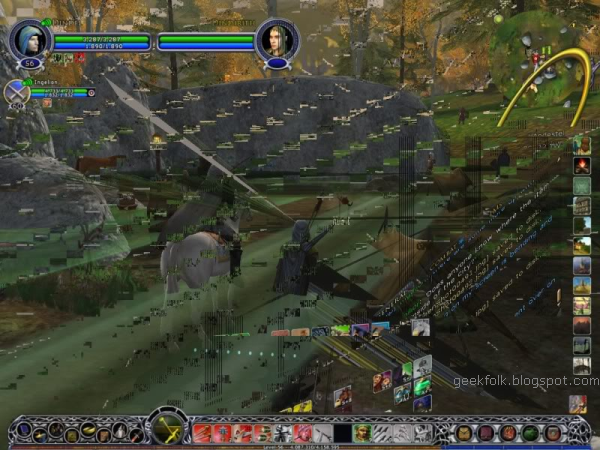Stop errors and blue-screen crashes, fix a faulty cooling fan and diagnose low resolutions
Graphics freeze or blue-screen crashes
Symptoms like these point to a hardware problem. It could be that your card’s graphics processing unit (GPU) is getting too hot — games in particular make big demands on the chip, so it’ll heat up quicker. The cause is often built-up dust and grime on the card’s integrated fan and/or cooling fins (or ‘heat sink’). Remove the mains power, then open your PC. Cleaning is easier with the card extracted, so remove the retaining screw from the PC’s backplate and then slowly tease it free from its expansion slot. Use a can of compressed air to expel dust from the card’s cooling fan (and from your PC’s other fans), then use cotton buds to get into the nooks and crannies of the heat sink. If you’re really confident, you could dismantle the card to conduct a full deep-clean — see the next tip for help with that.
Cooling fan won’t turn
Assuming you’ve followed the previous tip to give everything a thorough clean, then a non-spinning fan could be down to a burnt-out motor. You might be able to replace it. The exact method varies but generally involves removing a few screws, pulling the faulty cooler free and then detaching the power cable to separate the fan from the card itself. Replacement is more or less the same process in reverse. Depending on the setup you might need to apply some thermal paste between the fan and the GPU to ensure reliable contact for efficient heat transfer and dissipation. Incidentally, if the fan isn’t faulty but cleaning doesn’t resolve crashes or freezes, then following this procedure to replace worn-out thermal paste could be all that’s needed.
Card won’t show a picture
A blank screen has lots of possible causes. First, check the connecting cables between your PC and the monitor because the plugs work loose over time — so push both ends home firmly and tighten the retaining thumb-screws. Next, check that you haven’t accidentally hit the Source or Input button on your display, as this will switch between your graphics card’s digital and analogue outputs (or vice versa). Similarly, if it’s a new PC, check that you’re using the correct graphics card output. Some computers have both integrated graphics and a separate graphics card, with only the latter configured to work. Each of these ‘cards’ has its own set of connections — so you need to hook your display up to the right one.
Resolution is really low
If Windows launches at a really low resolution then it might have reverted to a generic graphics card driver. This could be because your graphics card’s drivers have been corrupted, or because it can’t determine the correct resolution for your setup. To diagnose, rightclick a blank part of the Windows desktop and choose ‘Screen resolution’ (Windows 7/8.1) or ‘Display settings’ followed by ‘Advanced display settings’ (Windows 10). Now open the Resolution dropdown menu to see if there’s a higher-resolution option. If the one you want is there, choose it and then click Apply. If all looks okay, choose ‘Keep changes’; if not, click Revert and try other settings. If your screen goes blank, wait 15 seconds and Windows will revert automatically. Now follow the last tip.
Error messages and unusual symptoms
Graphics card error messages and inevitable behaviours are often down to out-of-date or corrupted graphics drivers. The best bet is to grab the latest software from the manufacturer’s website. To find out your graphics card’s make and model, press Windows key+R, type devmgmt. msc and press Enter. Double-click ‘Display adapters’. You can also attempt to update the drivers from here, or roll back to previous drivers if the latest ones are causing problems. Right-click the adapter name and choose Properties. Now select the Driver tab, click Update Driver or Roll Back Driver and then follow the prompts.
